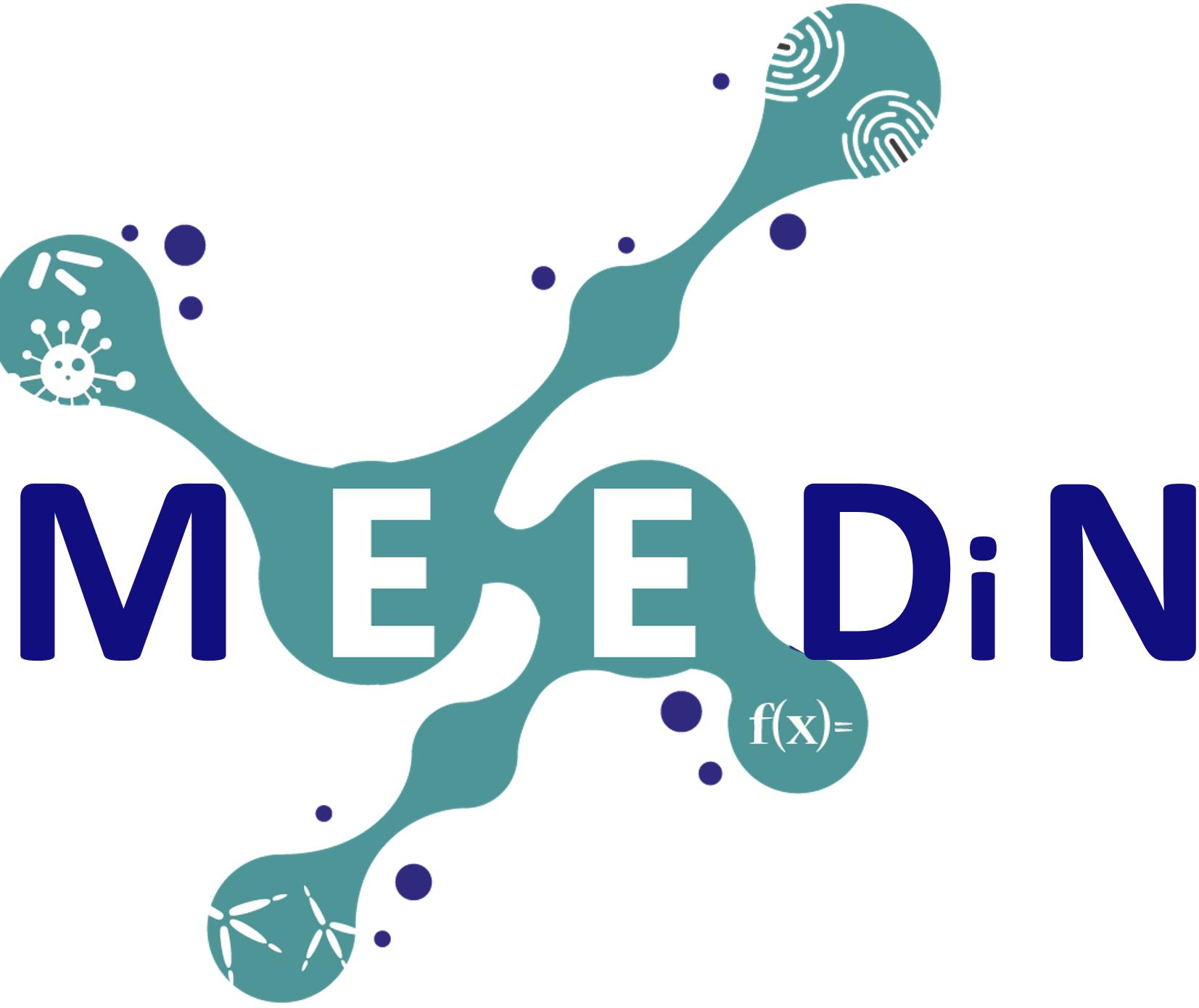RV144 is to date the only HIV vaccine trial to demonstrate efficacy, albeit rapidly waning over time. The HVTN 702 trial is currently evaluating in South Africa a similar vaccine formulation to that of RV144 for subtype C HIV with additional boosters (pox-protein regimen). Using a detailed stochastic individual-based network model of disease transmission calibrated to the HIV epidemic, we investigate population-level impact and maximum cost of an HIV vaccine to remain cost-effective.
Read moreMAIN COLLABORATORS


RELEVANT PUBLICATIONS Click here for the full list
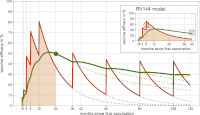
Vaccine 2019 37(16)
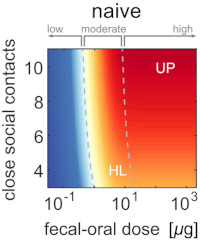
PLoS Biology 2019 16(4)
The oral polio vaccine (OPV) contains live-attenuated polioviruses that induce immunity by causing low virulence infections in vaccine recipients and their close contacts. Widespread immunization with OPV has reduced the annual global burden of paralytic poliomyelitis by a factor of 10,000 or more and has driven wild poliovirus (WPV) to the brink of eradication. However, in instances that have so far been rare, OPV can paralyze vaccine recipients and generate vaccine-derived polio outbreaks. To complete polio eradication, OPV use should eventually cease, but doing so will leave a growing population fully susceptible to infection. If poliovirus is reintroduced after OPV cessation, under what conditions will OPV vaccination be required to interrupt transmission? Can conditions exist in which OPV and WPV reintroduction present similar risks of transmission? To answer these questions, we built a multi-scale mathematical model of infection and transmission calibrated to data from clinical trials and field epidemiology studies. At the within-host level, the model describes the effects of vaccination and waning immunity on shedding and oral susceptibility to infection. At the between-host level, the model emulates the interaction of shedding and oral susceptibility with sanitation and person-to-person contact patterns to determine the transmission rate in communities. Our results show that inactivated polio vaccine (IPV) is sufficient to prevent outbreaks in low transmission rate settings and that OPV can be reintroduced and withdrawn as needed in moderate transmission rate settings. However, in high transmission rate settings, the conditions that support vaccine-derived outbreaks have only been rare because population immunity has been high. Absent population immunity, the Sabin strains from OPV will be nearly as capable of causing outbreaks as WPV. If post-cessation outbreak responses are followed by new vaccine-derived outbreaks, strategies to restore population immunity will be required to ensure the stability of polio eradication.
Read more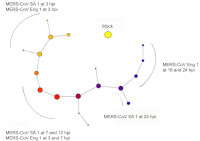
BMC Genomics 2014 15
The recent emergence of a novel coronavirus in the Middle East (designated MERS-CoV) is a reminder of the zoonotic and pathogenic potential of emerging coronaviruses in humans. Clinical features of Middle East respiratory syndrome (MERS) include atypical pneumonia and progressive respiratory failure that is highly reminiscent of severe acute respiratory syndrome (SARS) caused by SARS-CoV. The host response is a key component of highly pathogenic respiratory virus infection. Here, we computationally analyzed gene expression changes in a human airway epithelial cell line infected with two genetically distinct MERS-CoV strains obtained from human patients, MERS-CoV SA 1 and MERS-CoV Eng 1.
Read moreNEWS
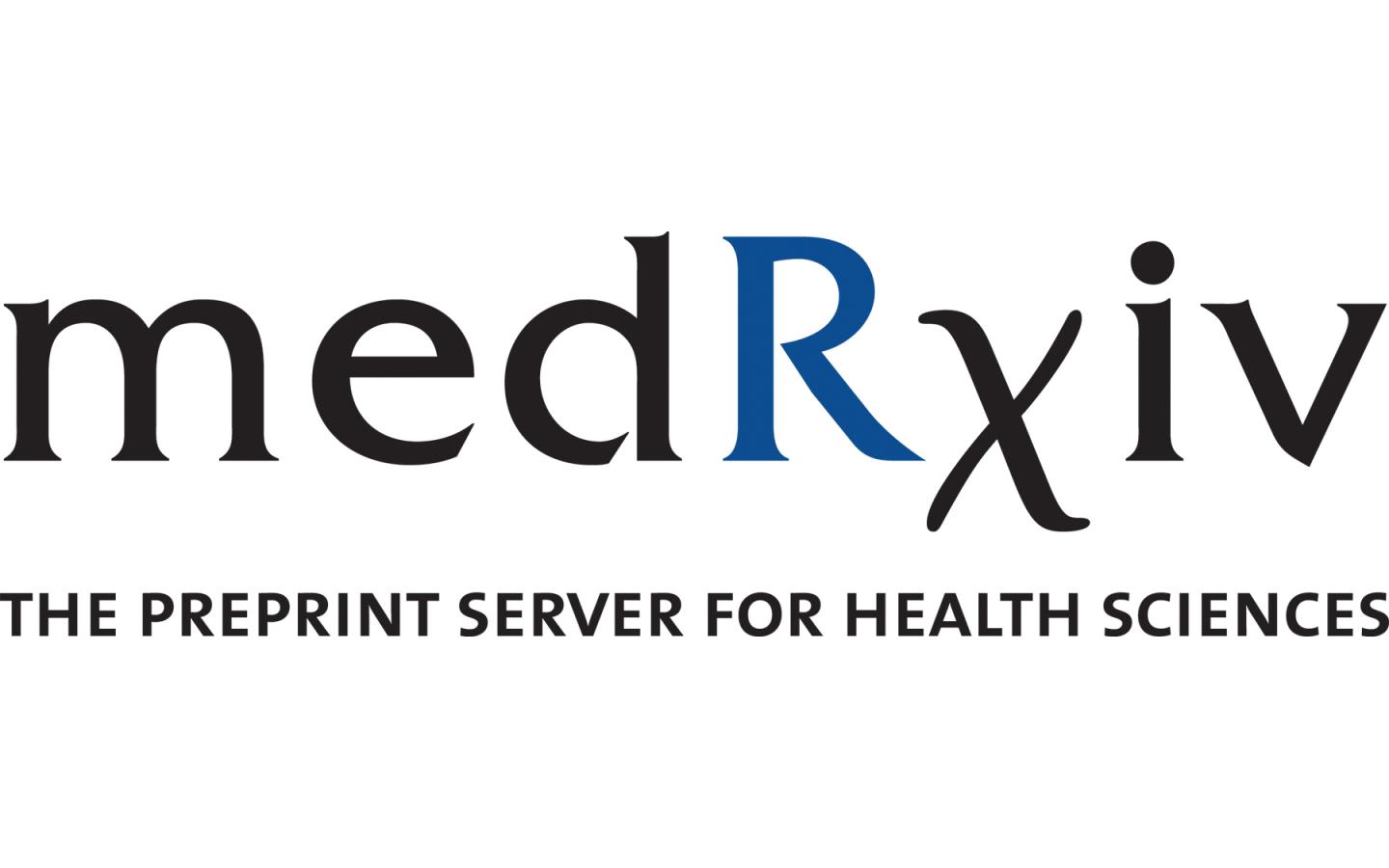
Murall CL, Reyné B, Selinger C, Bernat C, Boué V, Grasset S, Groc S, Rahmoun M, Bender N, Bonneau M, Foulongne V, Graf C, Picot E, Picot M-C, Tribout V, Waterboer T, Bravo IG, Reynes J, Segondy M, Boulle N, Alizon S
Understanding genital infections by Human papillomaviruses (HPVs) remains a major public health issue, especially in countries where vaccine uptake is low. We investigate HPV prevalence and antibody status in 150 women (ages 18 to 25) in Montpellier, France. At inclusion and one month later, cervical swabs, blood samples and questionnaires (for demographics and behavioural variables) were collected.
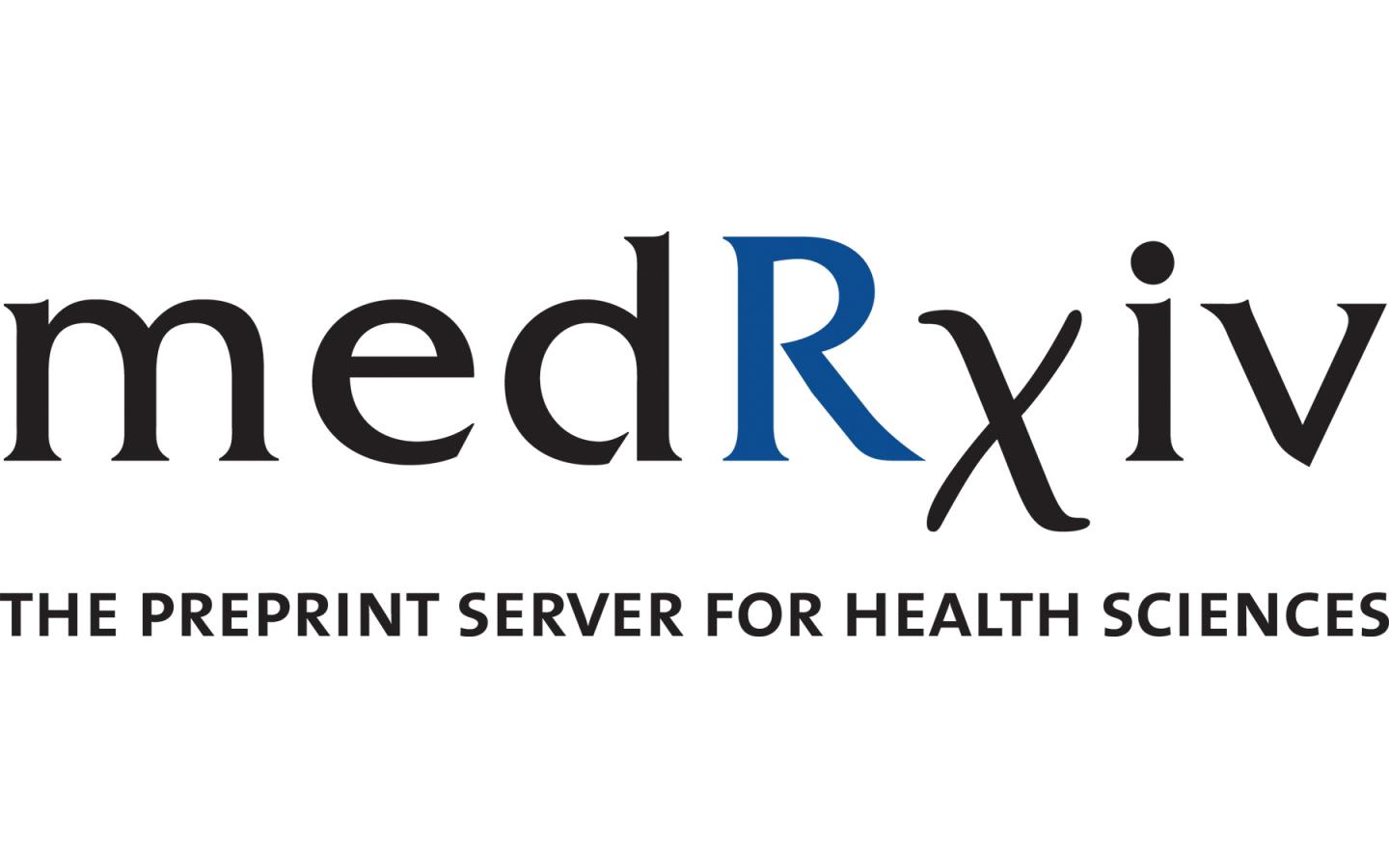
Sofonea MT, Reyné B, Elie B, Djidjou-Demasse R, Selinger C, Michalakis Y, Alizon S
SARS-Cov-2 virus has spread over the world creating one of the fastest pandemics ever. The absence of immunity, asymptomatic transmission, and the relatively high level of virulence of the COVID-19 infection it causes led to a massive flow of patients in intensive care units (ICU). This unprecedented situation calls for rapid and accurate mathematical models to best inform public health policies. We develop an original parsimonious model that accounts for the effect of the age of infection on the natural history of the disease. Analysing the ongoing COVID-19 in France, we estimate the value of the key epidemiological parameters, such as the basic reproduction number (R0), and the efficiency of the national control strategy. We then use our deterministic model to explore several scenarios posterior to lock-down lifting and compare the efficiency of non pharmaceutical interventions (NPI) described in the literature.

Selinger C, Alizon S
The structure of host interactions within a population shapes the spread of infectious diseases but contact patterns between hosts are difficult to access. We hypothesised that key properties of these patterns can be inferred by using multiple infections data from individual longitudinal follow-ups. To show this, we simulated multiple infections on a contact network in an unbiased way by implementing a non-Markovian extension of the Gillespie algorithm for a community of parasites spreading on this network. We then analysed the resulting individual infection time series in an original way by introducing the concept of ‘infection barcodes’ to represent the infection history in each host. We find that, depending on infection multiplicity and immunity assumptions, knowledge about the barcode topology makes it possible to recover key properties of the network topology and even of individual nodes. The combination of individual-based simulations and barcode analysis of infection histories opens promising perspectives for the study of infectious disease transmission networks.
Montpellier

